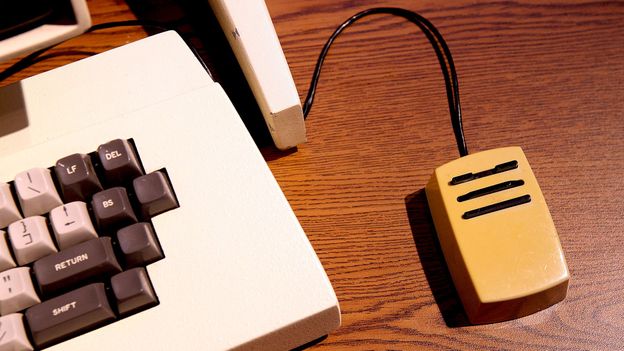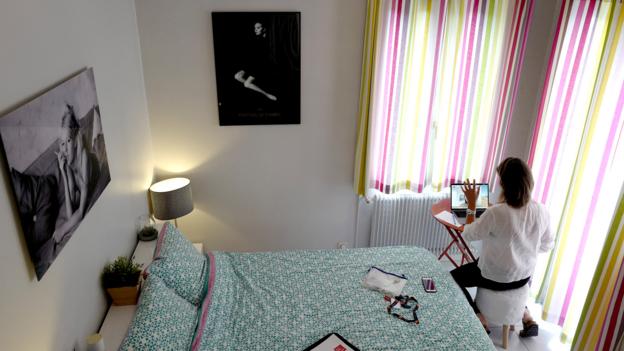That’s perhaps easier said than done. But for teams who are struggling recognise and regulate those emotional undercurrents, Boros has found that a few simple reminders can give the necessary helping hand.
In one of her latest studies, Boros and her colleague, Delia Virga, asked students to engage in a group creativity exercise – in which they had to build a freestanding tower, reaching from floor to ceiling, made solely from newspapers. Half the teams were simply given the task without any further instructions, while the others were given six guidelines on the ways to build better group dynamics:
1) Have a “check in” at the beginning of the meeting – that is, ask how everyone is doing
2) Assume that undesirable behaviour takes place for a reason. Find out what that reason is. Ask questions and listen. Avoid negative attributions
3) As the work proceeds, tell your team-mates what you are thinking and how you are feeling about the process
4) When you make decisions, ask whether everyone agrees with the decision
5) Question the quickness of taking a decision
6) Ask quiet members what they think
As Boros readily admits, these pointers may not seem like “rocket science” – but there can be a big difference between “what we know and what we do”. And for the groups who started out with lower emotional awareness, the simple reminders worked a treat. Once given the guidelines, they found it easier to regulate their feelings, such as nipping conflicts in the bud before they escalated and keeping each other motivated.
The benefits could be seen in the responses to questionnaires measuring the “energy” of the group. After the intervention, groups who had initially scored poorly on the emotional awareness measures reported being just as energised and enthusiastic as the groups who had scored well of the emotional awareness measures, without the intervention.
For longer-term projects, Boros suggests taking regular reviews to check in on the rest of the team. “Even if it’s a just a five-minute moment that you take at the beginning, or at the end of teamwork, to ask ‘How was the atmosphere today? How was our energy? Do we need to change anything?’,” she says. In this way, that charged “emotional field” that she had so often observed in meetings can be neutralised before it becomes explosive.
Boros emphasises that establishing these kinds of norms will be especially important in the diverse teams of today’s workplaces, since they offer some simple concrete steps to deal with potential misunderstandings before they escalate. “We need to create an atmosphere in which everyone is able to find a way to be in the team and to contribute,” she says.













